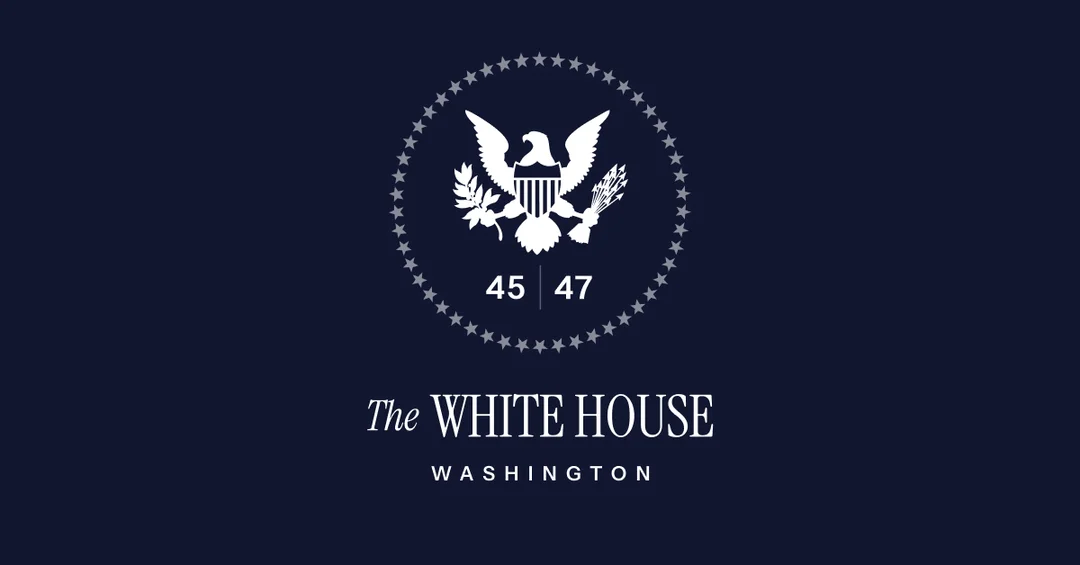
A Nation Divided Over Dismantling The Department Of Education: Dreams Shattered And A New Era In Question
In a move that has ignited both celebration and heartbreak across America, President Donald Trump recently signed an executive order setting in motion the historic dismantling of the Department of Education, aiming to return power over schools back to states and local communities. As the nation grapples with this dramatic restructuring, questions loom large about federal roles in education, impacts on vulnerable students, and the very fabric of American public service.

The official rationale, laid out by Trump’s administration, hinges on what they view as a failed federal experiment costing taxpayers over $60 billion annually — excluding nearly $200 billion in COVID relief. The plan calls for closing the Department founded in 1979 under President Carter, whom Trump blames for entrenching an unaccountable bureaucracy more concerned with public relations — which employs 80 staffers and spends $10 million yearly — than with actual educational outcomes. According to recent assessments, roughly 70% of eighth graders fall below proficiency in reading and math, figures administration officials cite as proof federal intervention has fallen short.
The reallocation of authority is presented as a path to empowerment: “Closing the Department of Education would provide children and their families opportunities to escape a system failing them,” reads the order. Further, Trump’s directive pressures Education Secretary Linda McMahon to cut ties swiftly without disrupting vital services and to scrutinize funding, terminating programs seen as illegal discrimination cloaked under diversity or inclusion initiatives.
On the ground, the impact is already deeply personal. About 50% of Education Department employees — nearly 2,000 dedicated civil servants — have been laid off, many leaving amid tears during bittersweet "clap-out" ceremonies. Ex-Secretary Miguel Cardona returned to headquarters to thank staffers. “They've worked hard … not just during my tenure, but before,” he said, calling their loss a blow to the nation. Veteran worker DeNeen Ripley described her exit after three decades as feeling "like a death." Others mourn the sudden collapse of specialized divisions critical for data gathering and research oversight, fearing lasting damage to educational support systems.
Former staffer Sydney Leiher lamented, "I believe in nonpartisan civil service. We're important, we matter." Meanwhile, Dr. Jason Cottrell warned cutbacks will jeopardize funding lines for doctoral research and student aid, undermining innovation and access to higher education. Despite assurances from Secretary McMahon that Pell Grants and aid flows will remain intact, layoffs have fueled uncertainty and anxiety nationwide.

Former Obama-era Education Secretary John B. King Jr., now SUNY Chancellor, sharply criticized the move. He argued federal leadership is essential now more than ever amid post-pandemic learning loss and rising absenteeism, warning the downsizing distracts from solutions like intensive tutoring. King expressed concern over arrested international academics who criticized Israel, calling it chilling to campus discourse and America’s global educational standing.
King also cautioned against the administration’s push for private school vouchers, arguing they lack evidence of improving outcomes but threaten the “democracy-building institution” of public schools — especially in rural communities with few private options. The result could, he fears, worsen inequities, spark layoffs, and erode economic and national security foundations.
As for Trump’s assumption that bureaucracy cripples education, many counter that oversight of over $1.6 trillion in student loans and civil rights enforcement demand federal stewardship. The closure process itself hinges on congressional approval, which is far from guaranteed, meaning this chapter is far from finished.
In this transformative moment for American education, some see liberation from inefficiency, others a dangerous unraveling of vital supports. The dream jobs lost and communities affected highlight the deep divides over how — and indeed if — the federal government should shape the nation’s future scholars.
Will restoring educational authority to states unlock innovation and accountability, or will it widen disparities and silence vulnerable voices? Join the conversation by sharing your thoughts and experiences in the comments below.
Related issues news
How was the Department of Education created?
In October 1979, Congress passed the Department of Education Organization Act (Public Law 96-88). Created by combining offices from several federal agencies, the Department began operations in May 1980.
How many executive orders has Donald Trump signed?
Donald Trump signed a total of 220 executive orders during his first term, from January 2017 to January 2021. As of January 2025, 72 of them (33%) have been revoked, many by his successor, Joe Biden.
What is Trump?
Donald John Trump (born June 14, 1946) is an American politician, media personality, and businessman who is the 47th president of the United States. A member of the Republican Party, he served as the 45th president from 2017 to 2021. Donald Trump.